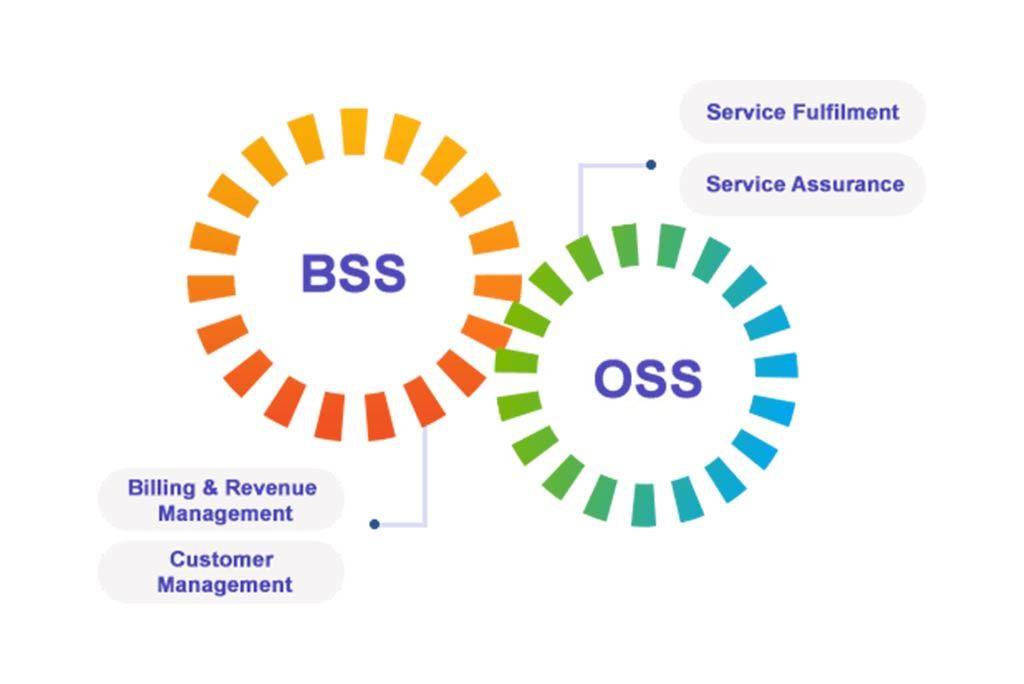To satisfy the needs of this networked society, telecom infrastructure suppliers and operators mostly rely on OSS BSS telecom. The role of telecommunication network/service and infrastructure providers has evolved from merely facilitating access to becoming an essential component of the overall offering, necessitating the ability to integrate business, IT, and network capabilities to meet society's expanding demands.
The need for effective portfolio and telecom site management software has increased due to customer demands for personalization, smooth service utilization, and the desire for variety across communication sectors and platforms. OSS controls network and order operations, whereas BSS is in charge of taking orders, looking after customer relations, etc. Both OSS and BSS interfaces are expanding. According to Global Market Insights' most recent studies, we anticipate that the OSS & BSS market will expand at a rate above 15% CAGR between 2021 and 2027.
The OSS BSS telecom Architecture's drawbacks
Operation Support Systems and Business Support Systems are called OSS BSS architecture in the telecommunications industry. Service providers offer a range of tasks and services using OSS/BSS telecommunications. However, OSS and BSS have distinct functions in the world of communications.
As we have seen, OSS BSS telecom may interact and cooperate to enhance customer experience while communicating over a network. However, there are several problems that both OSS and BSS design share. These are a few of them.
Integration from point to point
The OSS/BSS design integrates with several external systems. For instance, the bill management software has to be immediately updated whenever a CSR edits data in the CRM system. To communicate with these other systems, the organization will need a variety of interfaces. Although time-consuming, this procedure can lessen the complexity of integration.
Tightly Coupled
Applications are closely connected in OSS BSS telecom. We must thus rewrite the application whenever the business environment changes. These structures are not adaptable. As a result, adjusting to any changes in the business environment will take time and impact the system's performance.
Integration with an external system
As we have seen, various external systems are compatible with OSS/BSS. Additionally, this external system has its datasets and traditional interfaces. Therefore, integrating with external systems is a difficult procedure. Rebuilding the program to interface with the external system will involve significant development work. We will also need database management tools to transform information according to the datasets.
Management of Complex Transactions
Assume a user registers a brand-new account with the system. The end user completes this in a single transaction. However, the newly generated account has to be updated in the billing system, CRM, and LDAP system, among other systems.
Conclusion
Together, OSS and BSS can effectively manage Telecommunications billing software. The technical functionalities are tracked and analyzed by Telco using OSS. On the other hand, BSS controls business operations and guarantees the customer experience.
These two architectures each have datasets and services, ensuring customers meet their network requirements. So choose the best telecom billing vendors for the growth of the telecom business.
Read more:
https://www.ossbilling.net/blog/boost-market-visibility-with-telecom-software-solutions/
